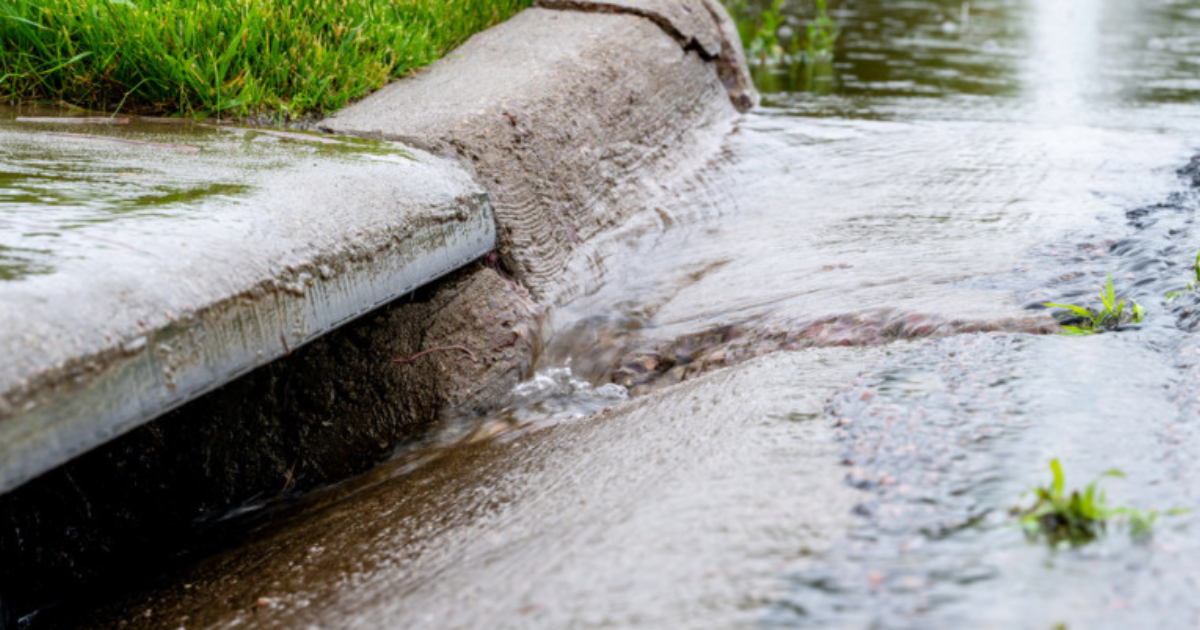Shire slowly recovers from impacts of coronavirus

NAIDOC award winners Jordan Wellingon, Bri Apma-Hayes, Stephi Murphy, Judy Dalton-Walsh, Wendy Brabham and Kristi Watts. Photo: SUPPLIED
MORE than 1,000 jobs were lost in the Surf Coast Shire as the effects of the coronavirus pandemic fully took hold in April and May last year.
But the drop in visitors and subsequent lack of income has so far spared almost all businesses from insolvency.
A Surf Coast Shire spokesperson said a shire analysis of the past 10 months showed the municipality’s recreation and arts sector were significantly affected, and retail operators were also hit by the inability of locals to spend in person due to restrictions on movement.
“Surveying and monitoring of online activity indicates the vast majority of businesses have reopened and/or altered services,” the spokesperson said.
“At this stage very few businesses are known to have permanently closed due to the pandemic, but it is known that businesses continue to struggle due to the amount of debt accumulated during the first six months of COVID-19 restrictions.”
Local government economic data provider Spendmapp estimated monthly expenditure in the shire was about $45 million (excluding accommodation) in April 2019, with visitor spending comprising the majority.
The reduction of visitors in the initial phase of the pandemic saw this figure drop almost 45 per cent to $24.9 million in April 2020.
Between the start of March and end of May 2020, the Surf Coast was estimated to have lost almost 750,000 visitors who would have spent an estimated $125 million.
The Spendmapp data also showed while there was a significant reduction in visitor expenditure, stay at home restrictions saw expenditure by residents from outside the municipality fall by 50 per cent from about $31 million in April 2019 to $15 million in April 2020.
The easing of the first lockdown resulted in a mini-recovery for some sectors, mainly accommodation and hospitality but also retail.
Expenditure in July (excluding accommodation) was estimated to reach $41 million compared with $31 million in 2019 as Melbourne visitors sought a short holiday break.
Local businesses continued to report signs of distress as loans and other payments compounded the loss of income in March and April, which would usually help in the off-peak season.
This was reflected in the Surf Coast’s JobKeeper applications as a percentage of total local business reaching 52 per cent, ranking the shire in the top 10 of 535 LGAs across Australia for applications.
By August, expenditure again dropped on the back of the second wave lockdown. Unemployment, estimated at 1.7 per cent in December 2019, was now estimated to be almost 10 per cent.
Visitor expenditure remained well below normal levels in October and several major events were either cancelled or rescheduled.
The relaxing of restrictions in November saw an immediate return of visitors, but most of these were day trips with lower-than-normal levels of spending.
By December, visitation picked up markedly with strong summer bookings being received and some sectors (particularly hospitality and health and wellbeing) reporting challenges in securing enough staff.
After significant advocacy about COVIDSafe events, early December saw the running of Victoria’s first significant outdoor event – the Surf Coast Century – bringing a much-needed boost to Anglesea.

















